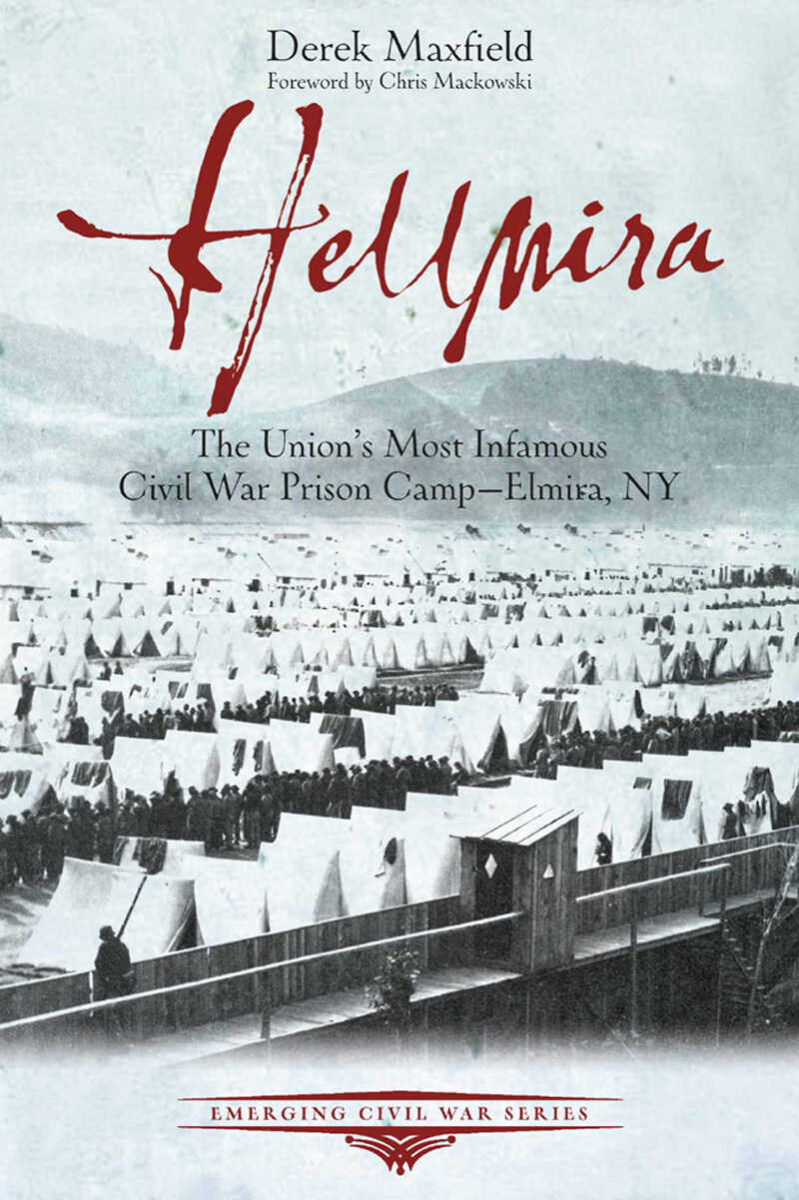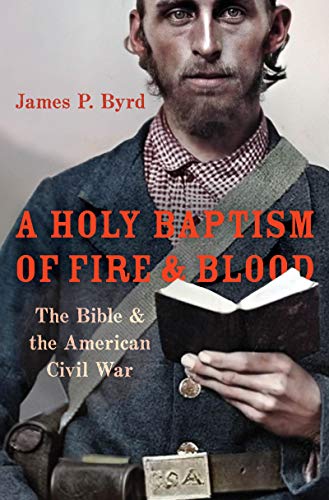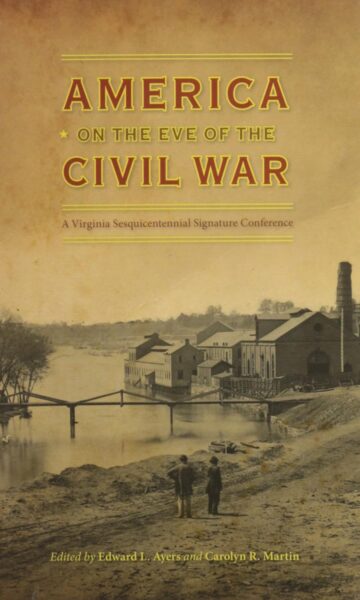With Hellmira, Derek Maxfield supplies an easy-to-read introductory volume on Civil War military prisons, placing emphasis on the “Andersonville of the North.” Arguing that one cannot understand the “Hellmira” myth without studying the Civil War prison system at large, Maxfield begins his book in April 1861 and concludes with Reconstruction.
A New York native, Maxfield grew up about 35 miles from the former site of Elmira Prison. Yet it was well into his adult life before he realized it. For Maxfield, as for many others in the area, Elmira Prison remained hidden—both visibly and in public memory. Indeed, the camp seemed destined to be forgotten until the sesquicentennial, when the Friends of the Elmira Prison pledged to resurrect the camp and rebuild Barracks No. 3—the original site of the military prison. Completing the replica in 2017, the group also has plans to reconstruct an observation tower and museum. With these reconstructions, Elmira Prison is returning to its physical space. With Hellmira, Maxfield is resurrecting its history.
By working closely with the Chemung Valley History Museum, the John W. Jones Museum, and the Friends of Elmira Prison Camp, the author traces the camp’s history from its origins in 1861. Originally known as Camp Rathbun or Camp Chemung, the camp was a training center for Union soldiers. But with an ever-increasing supply of prisoners of war (POWs) after the collapse of the Dix-Hill exchange cartel, the facility transitioned into a military camp. Located near fresh water as well as railroad lines, Elmira seemed like a viable option for a prison; by June 1864, the camp commander was ordered to prepare for 10,000 Confederate prisoners.
To reconstruct wartime life at Elmira Prison, Maxfield relies heavily on excerpts from popular POW publications. While many of these POWs are not new for scholars of Civil War prisons, those unfamiliar with this history will find theirs to be harrowing tales of captivity. And herein is one of the main weaknesses of the book: although he aims to offer a balanced history of the camp, Maxfield’s choice to rely on POWs’ writings—many written years after the war—results in the perpetuation of the same myths he should be trying to debunk. Maxfield does not take the time to scrutinize these writings or their authors’ intentions. Elmira, with a 24% fatality rate, was horrific to be sure; yet to include quotes from former Confederate prisoners without a discussion of bias, publication date, and the Lost Cause is disappointing.
Fortunately, the author makes up for this slight shortcoming with an analysis of the official prison records. With a deep dive into these materials, the author sheds light onto the difficulties of commanding and operating a large Civil War POW camp. By tracing the creation of the prison system, the history of several other Union and Confederate prisons, and the challenges of managing a military prison, Maxfield demonstrates that Elmira was not unique in its horrors. Nor did the prison have a monopoly on atrocities. Indeed, Maxfield contends that to compare Union and Confederate prisons is to undermine the utter humanitarian disaster produced by all Civil War POW camps.
Overall, Maxfield’s detailed summary of the prison system—as well as his focus on the prison’s creation and maintenance—make this book ideal for readers interested in but unfamiliar with Civil War prisons. Maxfield and the editors of the Emerging Civil War Series also included seven appendixes and a list of recommended readings; those interested in Elmira can learn even more about the prison through a driving tour, an exciting escape narrative, and the tale of appalling train wreck. The book is illustrated with the author’s photos of recent reconstruction efforts at the prison site.
Through a combination of official prison records, prisoners’ writings, and photographs, Maxfield resurrects Elmira Prison in history and memory.
Angela M. Riotto, who specializes in the history of Civil War prisons, is an historian with the Army University Press.
Related topics: prisons and prisoners





